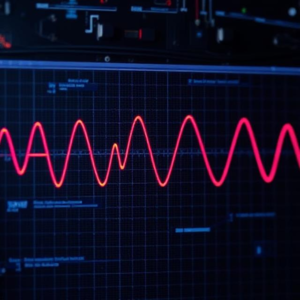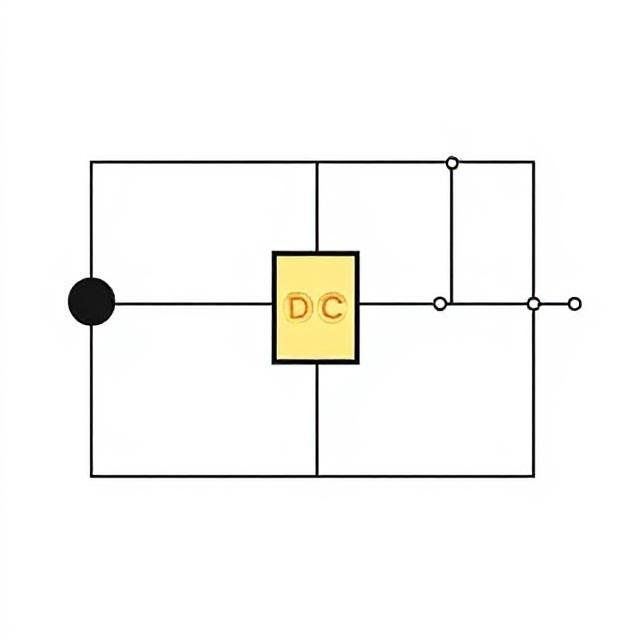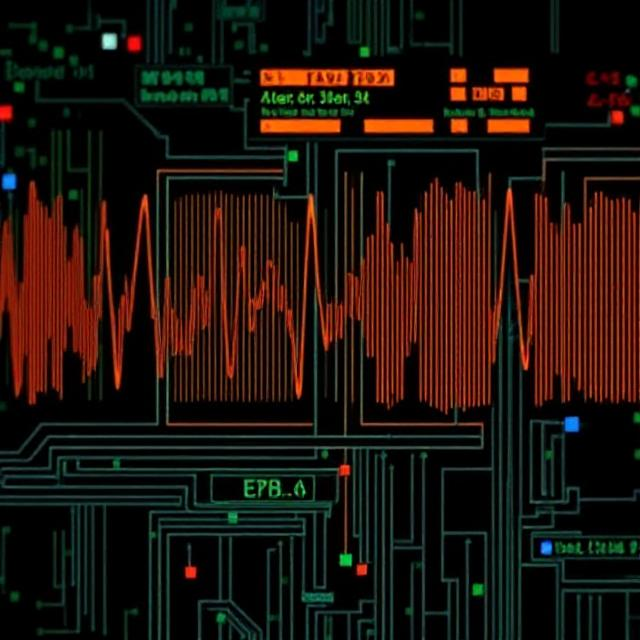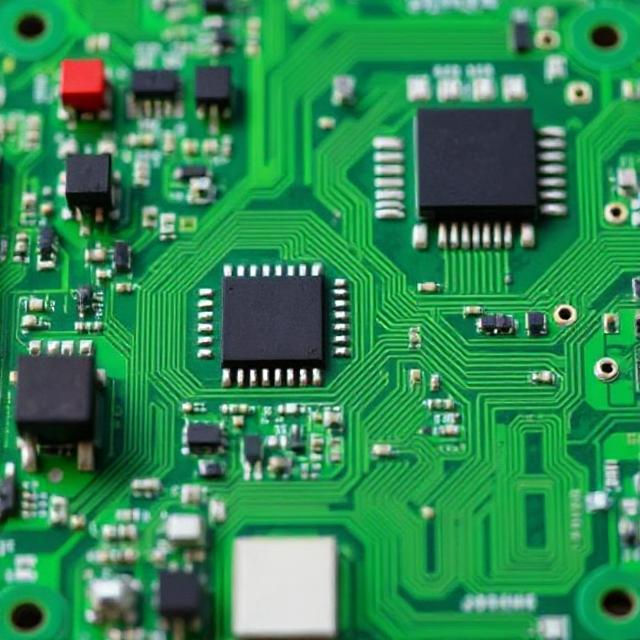What are Harmonics?
In an ideal AC circuit, voltage and current waveforms are pure sine waves that oscillate at a single frequency, typically 50 or 60 Hz. However, harmonics are distortions in these waveforms caused by additional frequencies that are multiples of the fundamental frequency. For instance, if the fundamental frequency is 50 Hz, the second harmonic is 100 Hz, the third harmonic is 150 Hz, and so on.

Why Do Harmonics Occur?
Harmonics are generated primarily by non-linear loads—devices where current does not change proportionally with voltage. Common sources of harmonic distortion include:
-
Computers, printers, and LED lights
-
Variable frequency drives (VFDs)
-
Fluorescent lamps with electronic ballasts
-
UPS systems and other electronic equipment
Effects of Harmonics
Harmonics can cause several issues in electrical systems, including:
-
Increased heating in transformers, motors, cables, and other equipment.
-
Reduced efficiency of electrical devices.
-
Malfunctions in sensitive electronics.
-
False tripping of circuit breakers.
-
Distorted voltage and current waveforms.
-
Interference in communication lines.
Harmonic Order
Harmonics are categorized based on their frequency order relative to the fundamental:
-
1st harmonic: The fundamental frequency (50 or 60 Hz).
-
2nd, 3rd, 5th, 7th, etc.: Multiples of the fundamental frequency.
Odd harmonics (such as the 3rd, 5th, and 7th) are more common and often more damaging than even harmonics.
How to Measure Harmonics
Harmonics are measured using spectrum analyzers or power quality analyzers, which display the percentage of each harmonic frequency in the waveform. These tools help identify the levels of harmonic distortion in a system.
How to Reduce Harmonics (Harmonic Mitigation)
Several methods can help reduce harmonic distortion:
-
Using Filters:
-
Passive Filters: These use inductors, capacitors, and resistors to block specific harmonics.
-
Active Filters: Electronic devices that inject compensating currents to cancel out harmonics.
-
-
Using K-Rated Transformers:
-
Specially designed transformers that can handle the additional heating caused by harmonics.
-
-
Improving Load Design:
-
Use equipment that generates lower levels of harmonic distortion and implement proper grounding and wiring practices.
-
-
Phase Shifting Transformers:
-
These transformers adjust the phase angle to cancel certain harmonic components.
-
Real-World Example
In an office building filled with computers and LED lights, harmonics can cause overheating in transformers. By installing harmonic filters, the electrical system is protected from these issues, improving efficiency and preventing failures.
Summary
-
Harmonics are unwanted multiples of the fundamental frequency in AC signals.
-
They are caused by non-linear loads.
-
Harmonics can lead to heating, inefficiency, and equipment malfunctions.
-
Harmonics can be measured using analyzers.
-
Harmonics can be reduced using filters, special transformers, and improved load design.











